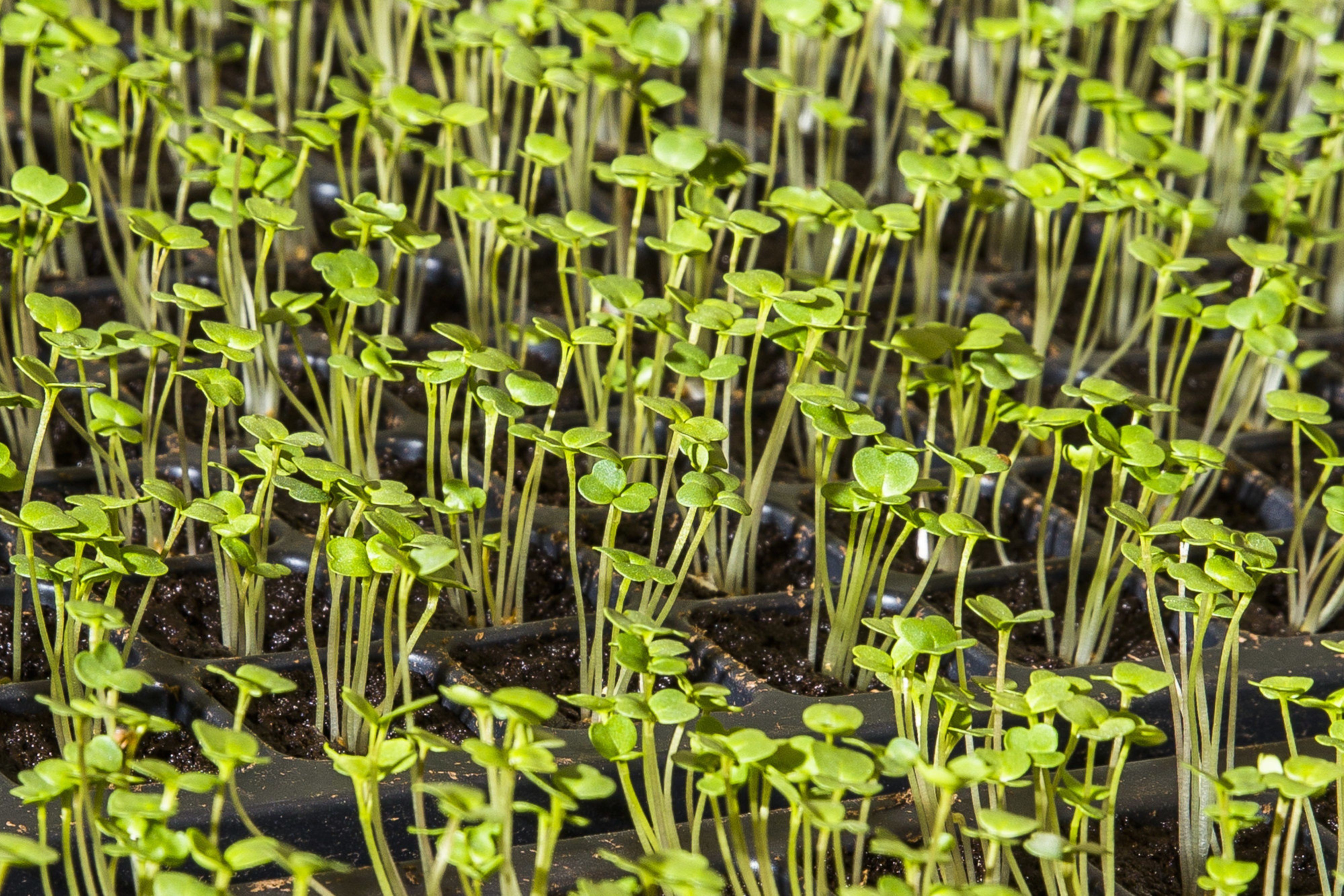Food security: investing for the future
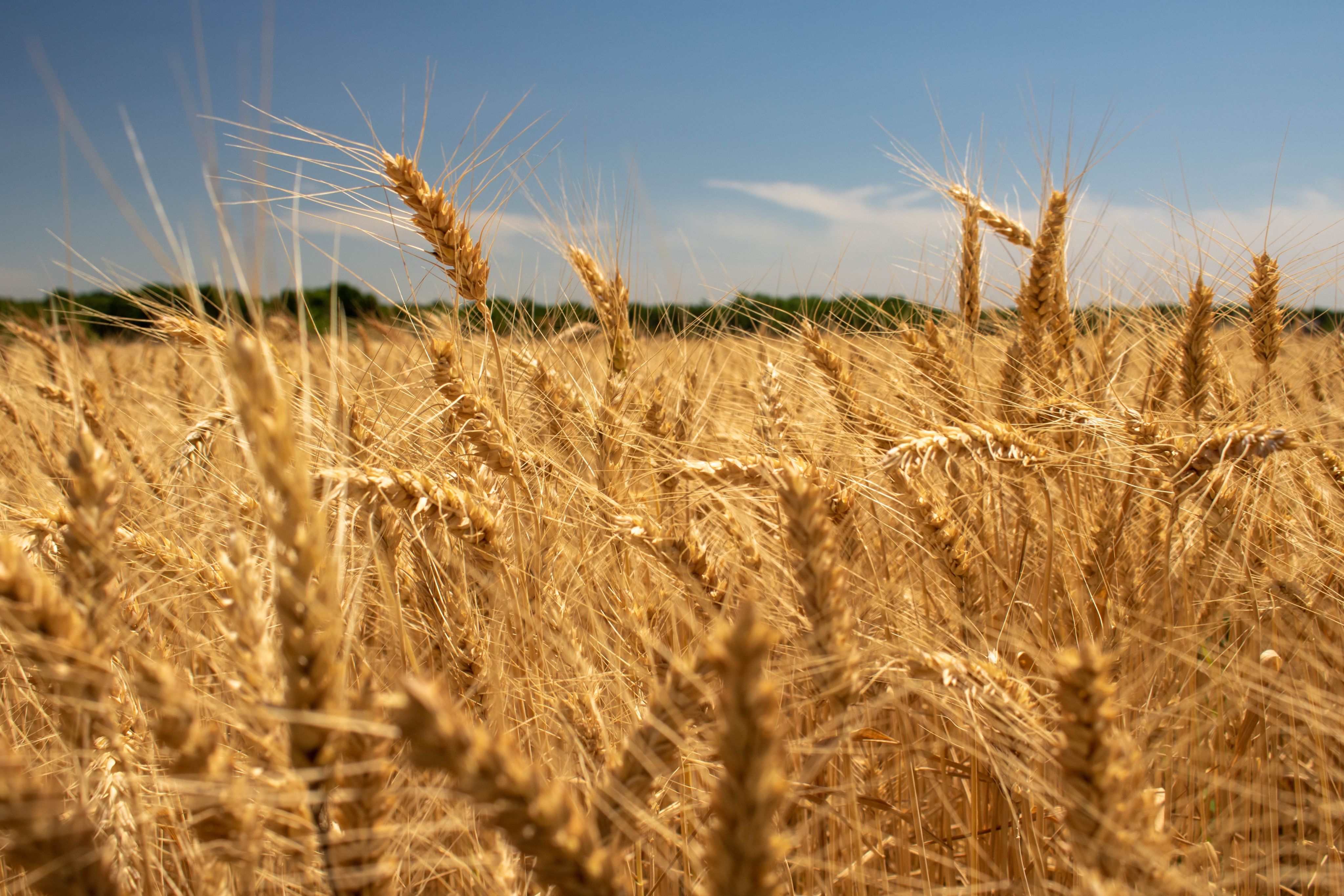

The issue of food security has been on the political agenda for a relatively short period of time. Food scarcity has long been associated with areas of the world that have struggled economically, or been affected by war or natural disasters.
But now it is something that the developed world is being forced to think about. Factors such as aggression by Russia, and its consequent effect on inflation, as well as grain and oil supplies that come out of Ukraine, have made food supply a real issue.
Climate change is also having consequences, with the voices championing a more plant-based diet for the wealthier countries growing louder.
What are the implications for investors? There may be implications for those with stocks in the big food producers, but also opportunities among the innovators trying to develop meat alternatives.
This report looks at some of these issue and explore what it means for clients' portfolios. It is worth 30 minutes' CPD.
Investors remain concerned by global supply chain issues
Global supply chain challenges remain a concern for investors, according to the latest FTAdviser poll.
The poll, which was conducted via FTAdviser.com, found that a third of respondents said more than three quarters of clients were concerned about the fragility of global supply chains on their investments in the long term.
Another third said the issue was of concern to 60 to 75 per cent of clients, while a further 33.3 per cent of advisers said 25 to 40 per cent of clients were concerned.
James Rutherford, head of European Equities at Federated Hermes, said that cost inflation and supply chain issues have been the main culprits for large companies suffering significant misses on the margin and earnings.
He said: “We have seen some large divergence between the top-line and bottom-line in a large number of companies reporting this quarter. For instance, in consumer discretionary and consumer staples sectors, we have seen companies report big beats on the top-line but also suffer from significant misses on the margin and earnings.
"Cost inflation and persistent supply chain issues are the main culprits. In more industrials-oriented and B2B-oriented sectors, the dynamic is somewhat reversed. Industrial/B2B companies are achieving both strong sales growth and strong earnings growth in the current environment, while also reporting big order book increases.”
But according to Scott Ruesterholz, portfolio manager at Insight Investment, the worst of energy and supply chain inflation may be behind us, hence peak CPI may “finally be here”.
However, the persistence of sticky categories will likely help keep inflation in the 5.5 per cent to 6 per cent range by the end of the year, mirroring trends across the globe.
Ruesterholz said: “Over the past few years, the idea that markets would be encouraged by an 8.5 per cent CPI data would seem ridiculous.
“However, it may finally be peak CPI. Nonetheless, a continued increase in ‘sticky’ CPI components this month confirms to us that inflation will remain above target for the foreseeable future."
Falling commodity prices have also helped CPI to fall as commodity market retracements eased pressure on the CPI index.
As Ruesterholz explained, energy CPI was down 4.6 per cent month-on-month, taking airfares down with it – down 7.8 per cent month on month.
He added: “Food inflation was the exception, remaining relatively high at 1.1 per cent month on month, although further commodity price falls bode well for next month.
“Easing supply chain issues also resulted in goods categories, like appliances and used cars declining.”
ima.jacksonobot@ft.com
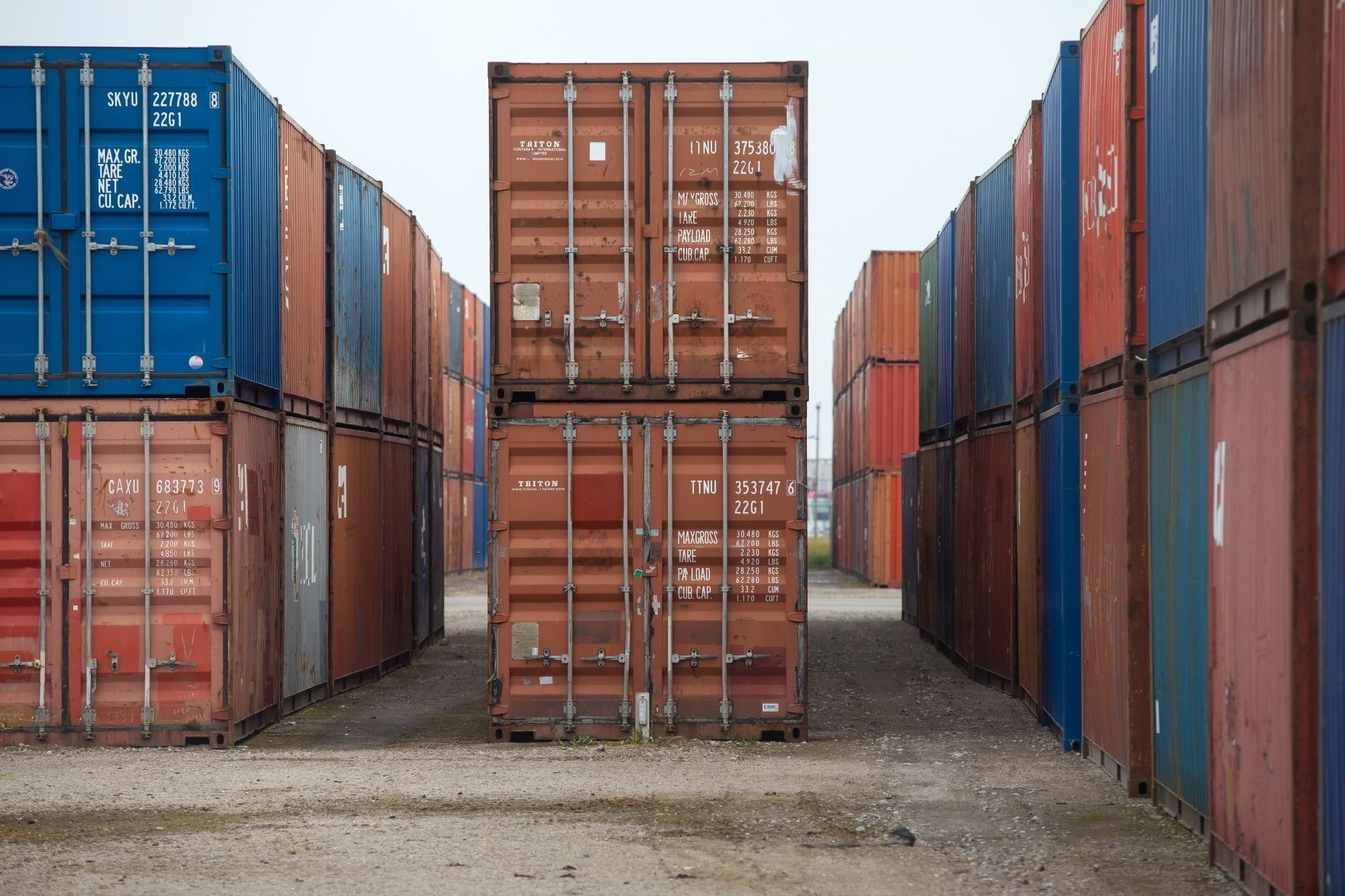
Investing in food sustainability
Inflation has put energy bills in the spotlight, but food prices are also contributing to the income squeeze.
Rising food prices made the largest upward contribution to the change in the CPI annual inflation rate between June and July, according to the Office for National Statistics.
As well as hitting consumers’ wallets, food inflation is having a wider impact on investors’ portfolios. High food inflation has supported the earnings of companies actively tackling food security, says Mayssa Al Midani, lead fund manager of Pictet-Nutrition.
“Technology that makes it possible to improve crop yields with fewer resources is seeing unprecedented levels of demand,” she says. “The inflationary commodity environment significantly enhances the value proposition of their highly efficient agricultural machinery, which enables farmers to use farming inputs, such as fertiliser, more efficiently.
“Food waste solutions, or companies that repurpose and recycle food waste into edible ingredients, also benefited from higher demand and prices of recycled food ingredients that serve as a substitute to grains."
She adds: “Food product companies with pricing power and the ability to reformulate food products to get around product supply constraints, or switch to natural ingredients that are less exposed to higher oil prices, have also proven to be resilient.”
Central banks have no influence over food or energy prices of course
Food is also a component of US CPI, which has likewise been rising – a reason why the US Federal Reserve raised its interest rate.
This in turn has been a factor behind value stocks having outperformed growth stocks this year, says Tom Atkinson, biodiversity portfolio manager at Axa Investment Managers.
Central banks have been raising interest rates as a result of inflation, but they have no influence over food or energy prices, reminds Frédérique Carrier, RBC Wealth Management’s head of investment strategy in the British Isles and Asia.
“The timing and level of the peak of food inflation, and the sustainability of the peak, will be largely determined by the weather, energy prices and geopolitics,” says Duncan Goodwin, manager of the Premier Miton Global Sustainable Growth Fund.
“By their very nature, these factors make definitive predictions difficult and so too the longer-term impact on markets.”
Rize ETF co-founder Rahul Bhushan expects a more prolonged period of volatility in food prices that will initiate a public conversation about food transition, comparable to the energy transition.
“We at Rize ETF have been talking about the need for a transition in food for several years. It’s now coming to a head due to the current food crisis,” says Bhushan.
Investing in the future of food
The world is at the early stages of shifting towards a sustainable food chain, says David Huggins, co-manager of BlackRock’s BGF Nutrition Fund.
“Over the next 20 to 30 years this will require tens of billions of dollars of investment into emerging technologies, such as cell cultured protein and controlled environment agriculture.
“These are some of the most promising innovations in food and agriculture in the last century, and represent an exciting opportunity for investors focused on food and agricultural technology.”
Given inflation in input costs, Axa IM’s Atkinson says there is currently significant incentive to increase efficiency in food production.
“For example, fertiliser prices have risen significantly, mainly due to constrained supply due to the Russia/Ukraine crisis. This means farmers are incentivised to apply fertiliser more frugally, while maintaining yields.
“This is best achieved using precision fertiliser application machinery and software, which enables farmers to apply fertiliser at a variable rate, such that the most productive parts of a farm receive more fertiliser, in turn maximising the fertiliser’s boost to yields.”
Another way to increase efficiency in food production is making the most of what we already have
Amy Clarke, chief impact officer at Tribe Impact Capital, likewise cites precision water technologies and precision weed control as further opportunities within agricultural technology, with the former reducing critical water waste and the latter reducing the need for chemical pesticides.
Carrier at RBC Wealth Management also sees opportunities in technological solutions that can increase crop yields, while reducing environmental stress and improving food security, such as:
- Gene technology: genetically modified crops that can be higher-yielding, more tolerant of drought and heavy rain, and more resilient to pests and diseases.
- Controlled environment farming: vertical farms growing produce by stacking trays of seeds and plants. Environmental factors such as light, humidity and temperature are controlled and pests are mostly eliminated.
- Supply chain technologies: for example, smart packaging that uses sensors to monitor product quality and storage conditions.
Another way to increase efficiency in food production is optimising what we already have, says Pictet’s Al Midani.
“Here, the priority is reducing waste, which currently swallows up a third of all food produced. Promising innovations include aseptic packaging, where high temperatures are used to sterilise food before packaging it, extending shelf-life without chemicals or refrigeration.
“Another approach, natural bio protection, draws on traditional fermentation principles and uses specially developed food cultures to better preserve yoghurt and cheese.”
Estimates of global food waste by sector
|
Global average food waste (kg/capita/year) |
2019 total (million tonnes) |
|
|
Household |
74 |
569 |
|
Food service |
32 |
244 |
|
Retail |
15 |
118 |
|
Total |
121 |
931 |
|
Source: UNEP Food Waste Index Report 2021 |
||
Junwei Hafner-Cai, a senior analyst in Polar Capital’s Sustainable Thematic Equity team, says the most viable solution to improve food security is to reduce the food system’s dependence on fossil fuels, and transition towards clean energy solutions.
“Processing and distribution account for more than 40 per cent of energy used across the food value chain, and these activities are strongly dependent on oil and natural gas.
“Therefore using energy-efficient technologies, replacing natural gas boilers with electric boilers and heat pumps, decarbonising the transport sector via electric vehicles, powering heavy-duty trucks with green hydrogen, and using green hydrogen-based synthetic fuels for shipping and aviation will be attractive solutions.”
Besides technological solutions, a shift away from farmed meat is “low-hanging fruit”, according to Conor Walsh, lead portfolio manager of Lombard Odier’s New Food Systems strategy.
“Livestock not only consume more than a third of global crop calories, but they also occupy around 80 per cent of agricultural land, while producing only 20 per cent of global calories.
“Cultivated meats may be part of the solution to help manage the shift. Although we are in the early innings, some countries have made inroads to adoption.
"For example, Singapore [has] approved the first lab-grown meat by Californian start-up Eat Just.”
Premier Miton’s Goodwin likewise highlights the development of more intensive, laboratory-based food manufacturing as an area of potential investment.
“Albeit at the more nascent and higher risk end of the investment spectrum, in our opinion,” he adds.
How secure are we for food in the UK?
The UK imported 46 per cent of the food it consumed in 2020, with no single country providing more than 11 per cent of those imports, according to the government’s latest food security report.
“Having a diverse range of international sources makes food supply more resilient, as if the production or output of one source is disrupted, other sources can meet demand,” it reads.
Rize ETF’s Bhushan highlights how the production of various food items has ended up with the nations that are most adept at producing them, with consumers as the ultimate beneficiaries through reduced cost, variety and availability all year round.
“As a world, we have built a very interconnected and interdependent import/export economy for food. But what today’s food crisis is showing us is that interconnected systems are not necessarily the most robust. An import/export economy for food is fraught with risk,” Bhushan says.
Globalisation has been a boon to the energy and agriculture sector, says Martijn Kleinbussink, senior portfolio manager, sustainable equity at Kempen Capital Management.
“However, in some instances we are seeing its slow reversal. For instance, we have already seen examples of protectionist measures being implemented by nations like Indonesia, which temporarily limited the export of palm oil.”
Goodwin sees wholesale changes to food security policies longer term, with the prospect of food independence and de-globalisation as relevant for food as it has become for energy.
Indeed, high gas prices and the war in Ukraine have shown the ever stronger link between energy independence and food security, says Hafner-Cai at Polar Capital.
“The current crisis is disrupting fertiliser plant operations particularly in the UK and EU, therefore affecting food supply and exacerbating inflationary pressures,” she says.
“In June, [US fertiliser group] CF Industries announced it would permanently close its fertiliser plant in Cheshire due to soaring natural gas prices. This would increase the UK’s reliance on fertiliser imports and have a knock-on effect on carbon dioxide supply, a by-product of fertiliser production.”
Carbon dioxide is also important to the food supply chain, with it being used to extend the shelf life of perishables, carbonate beverages and in the processing of livestock.
With rising bills amid an energy crisis, Tribe Impact Capital’s Clarke says impact investors are accepting the themes of de-centralisation and security.
“One of the most significant vulnerabilities the UK has in terms of its food is in the quickening pace of the climate crisis and the catastrophic impact this has on crops,” she adds.
“As we [navigated the] heatwave it’s becoming clear to many that, even in the UK, we cannot rely on our environment to support us the way it has historically. There is extremely little resilience in UK food production and consumption and that is something investors must first be concerned about and second, act to address.”
Chloe Cheung is a senior features writer at FTAdviser



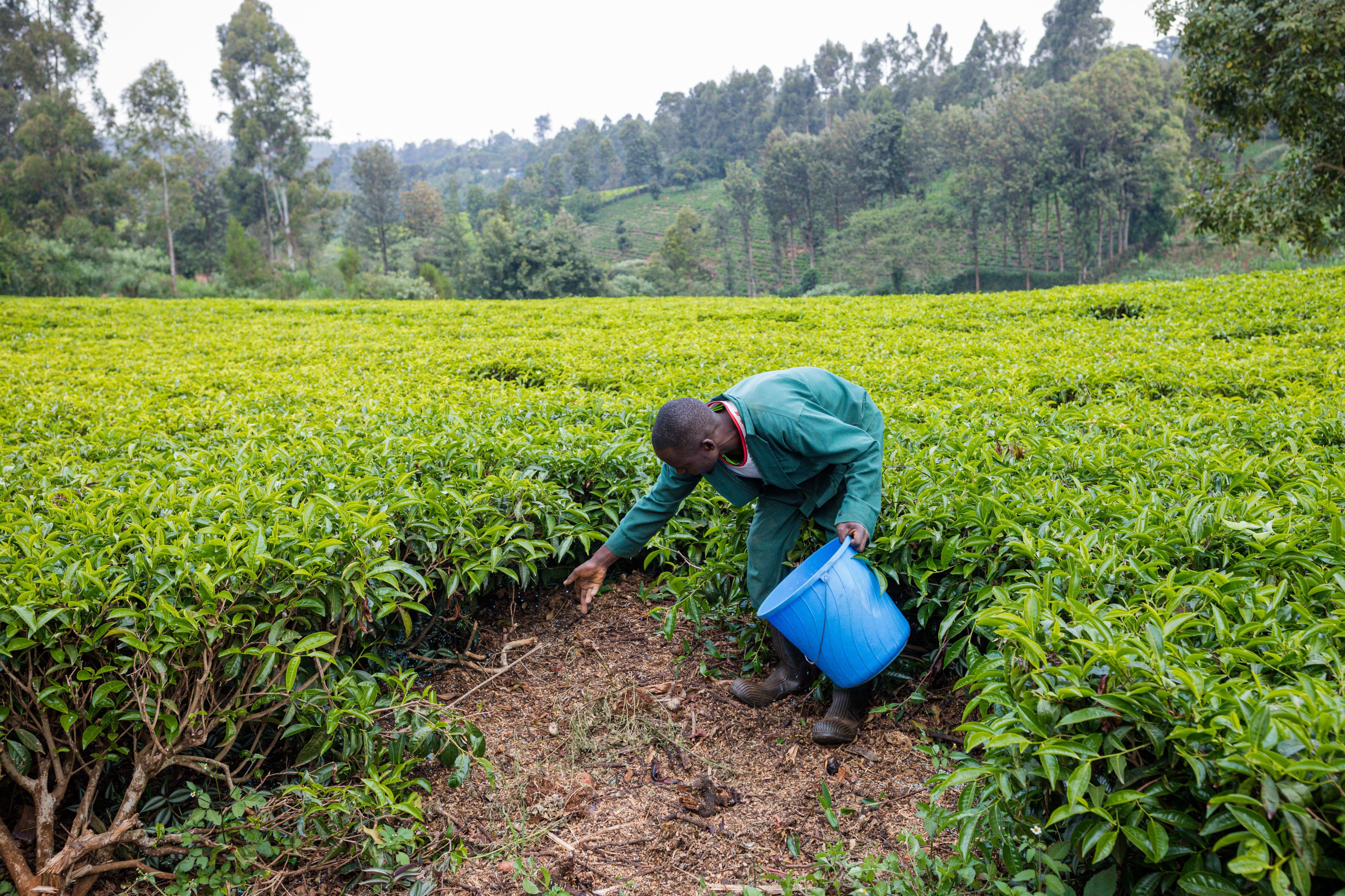
Why higher food prices will persist
Price moves for some agricultural commodities have been dramatic since Russia invaded Ukraine at the end of February.
Wheat has seen the biggest jump, although prices have come down from their peaks.
We believe food commodity prices are likely to stabilise at elevated levels given continued tightness in supply and demand trends for major agricultural markets this and next year.
What’s more, there is a risk that this tightness worsens next year and beyond.
This is due to heightened supply uncertainty from unpredictable weather patterns, potentially lower-than-normal fertiliser application, and the possibility of continued disruption to Ukraine production.
Ukraine and Russia are important commodity exporters
The reason for the price rises is clear when we consider how important Ukraine and Russia are as exporters of food and other commodities.
Sunflower oil and grains (corn, wheat and barley) have been most impacted on the agricultural side.
Potash (40 per cent of global exports when Belarus is included) has seen the most disruption on the fertiliser side.
The long-term supply disruption for Ukraine is still unclear.
However, many of the most crucial agricultural regions have seen fierce fighting, with large scale mining of farmland and destruction of agricultural equipment.
The disruption to commodity exports from Ukraine and Russia will have price repercussions on other commodities too.
Palm oil prices look set to rise as it is increasingly used as a substitute for sunflower oil, for example.
Rising prices across a broad range of commodities also reduces the incentive for farmers elsewhere to shift into wheat, thereby addressing some of the supply constraints, because they can get decent prices for other crops anyway.
Disrupted fertiliser supply could reduce crop yields
Another limitation on other regions’ ability to fill project shortfalls is the disruption to inputs such as fertiliser.
Fertiliser expense as a percentage of revenue for US farmers has increased from the lows of 14 per cent in 2020 to around 23 per cent in 2022.
This is already resulting in changes in planting behaviour.
For example, US farmers are planning to plant record levels of soybeans (which requires relatively less fertiliser) and less spring wheat and corn, according to the USDA’s most recent survey.
Recently there have been signs of fertiliser demand destruction.
Farmers have held off buying fertilisers where possible, hoping that prices will come back down over the course of the year.
This has proven to be a fairly self-fulfilling prophecy, with US prices 35 per cent below their peak in March.
For wheat, fertiliser application starts fairly early in the season, with the peak application in late June to mid August.
The full extent of the demand destruction, versus demand deferral, should therefore be seen in the next few weeks.
Several countries limiting food exports
Given the disruption to both crop and fertiliser exports, it is no surprise that various countries are taking steps to protect their food supply.
The share of world market in calories that is under food restrictions is currently around 17 per cent.
|
Country |
Type of food product export restriction (May 2022) |
Ban date |
|---|---|---|
|
Argentina |
Soybean oil, Soybean meal |
Dec 31 2023 |
|
Algeria |
Pasta, wheat, vegetable oil, sugar |
Dec 31 2022 |
|
Egypt |
Vegetable oil, maize, wheat, flour, oils, lentils, pasta, beans |
June 12 2022 |
|
India |
Wheat |
June 10 2022 |
|
Iran |
Potatoes, aubergine, tomatoes, onion |
Dec 31 2022 |
|
Kazakhstan |
Wheat, wheat flower |
Dec 31 2022 |
|
Kosovo |
Wheat, corn, flour, vegetable oil, salt, sugar |
June 15 2022 |
|
Turkey |
Beef, mutton, goat meat, butter, cooking oils |
Dec 31 2022 |
|
Ukraine |
Wheat, oats, millet, sugar |
Dec 31 2022 |
|
Russia |
Sugar, sunflower seeds, wheat, rye, barley, maize |
June/August 2022 |
|
Serbia |
Wheat, corn, flour, oil |
Dec 31 2022 |
|
Tunisia |
Fruits, vegetables |
Dec 31 2022 |
|
Kuwait |
Chicken, grains, vegetable oils |
Dec 31 2022 |
|
Source: Schroders, May 31 2022 |
||
Reliance on food imports varies but is 100 per cent in some countries in the MENA (Middle East and North Africa) region.
As the market tightens, supply becomes more dependent on marginal producers. This increases the risk of food price volatility from extreme weather events. We can see that West Africa is particularly at risk, with 70 per cent of cropland exposed to drought.
Tight food supply could imperil transition to biofuels
As well as curbs on exports, another response to tight agricultural commodity markets might be shifts in flows and usage.
Around 20 per cent of the world’s wheat is used for animal feed, so we may see some substitution here to try to preserve wheat for human consumption.
Biofuels are another area that may be affected, given they use about 10 per cent of the world’s wheat.
First generation biofuel companies (ie those that use edible foods rather than using waste) may face policy headwinds if governments pause or unwind subsidies. Supply constraints and reputational damage are other risks.
We have recently seen a debate amongst the G7 countries to postpone biofuel blending mandates in order to try to alleviate food shortages.
If this is enacted, it will be very difficult for countries like Germany to meet their carbon commitments around transport.
The fact that this is being considered shows the extent of the inflation dilemma that policymakers are in.
Food security a long-term concern
The Ukraine crisis has brought food security into focus.
Additionally, the longer-term narrative around food supply is changing.
Population growth means that global food and water production is expected to need to increase by 70 per cent by 2050 versus 2010 levels.
Climate and wider environmental factors mean that resource intensity needs to reduce by about two-thirds at the same time.
In the near term, it is likely that food security will be the priority of governments.
Higher fertiliser prices, tight agricultural equipment markets and disrupted value chains for things like pesticides mean that global yields across the agricultural commodity complex could fall both this year and next.
Looking further ahead, the system needs to be made more sustainable, or it will be subject to increasingly detrimental negative feedback loops such as extreme weather and ecosystem degradation.
Even under a scenario of 2 degrees of global warming, wheat and corn yields are projected to fall by 14 per cent and 12 per cent respectively.
All of this paints a picture of elevated agricultural prices in the medium term.
Felix Odey is portfolio manager – global resource equities at Schroders
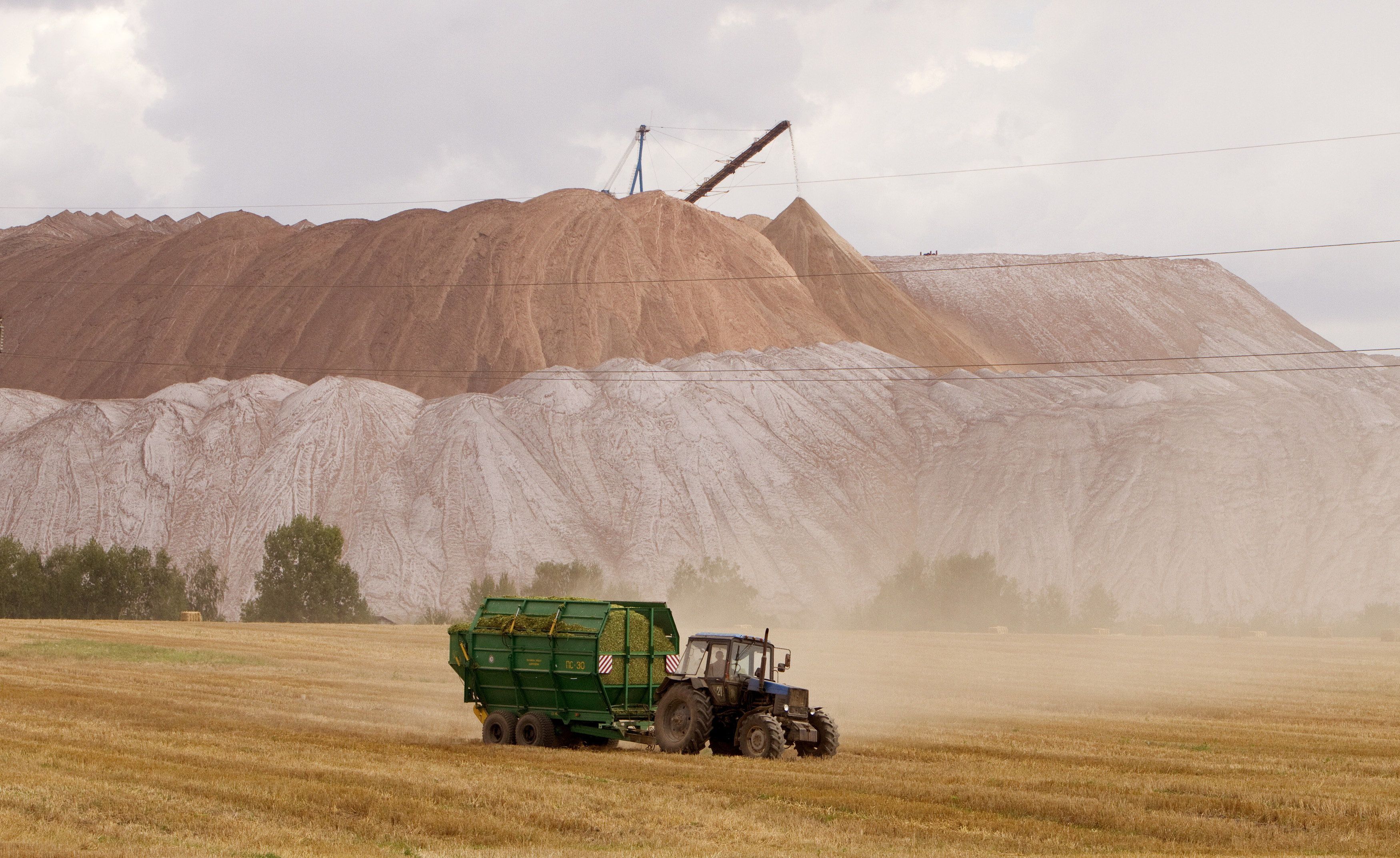
Ukraine war sparked rush for potash as global food fears grew. (Reuter/Vasily Fedosenko)
Ukraine war sparked rush for potash as global food fears grew. (Reuter/Vasily Fedosenko)
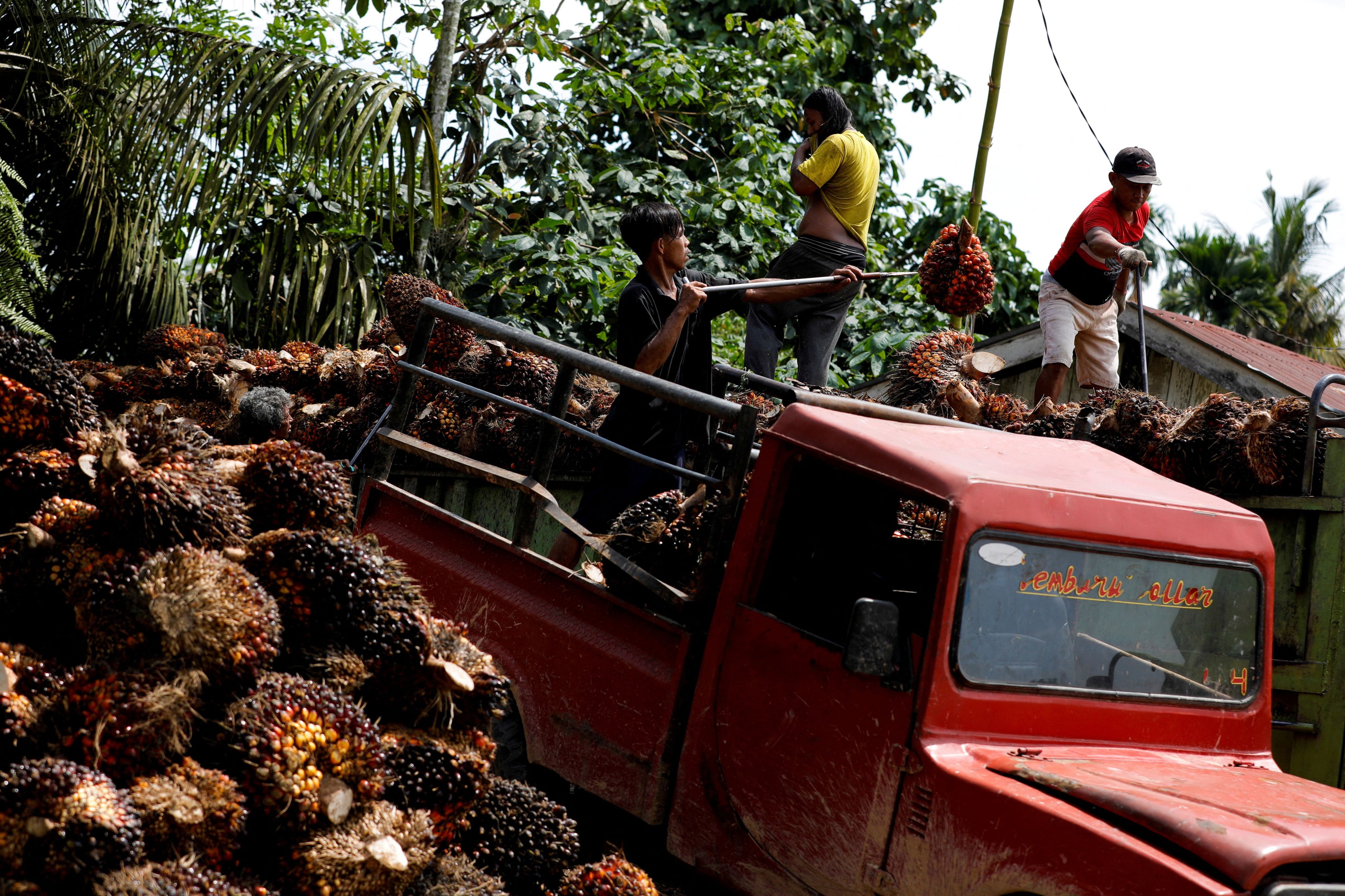
Palm oil (palm fruit) prices set to rise as they are increasingly a replacement for sunflower oil. (Reuter/Willy Kurniawan)
Palm oil (palm fruit) prices set to rise as they are increasingly a replacement for sunflower oil. (Reuter/Willy Kurniawan)

